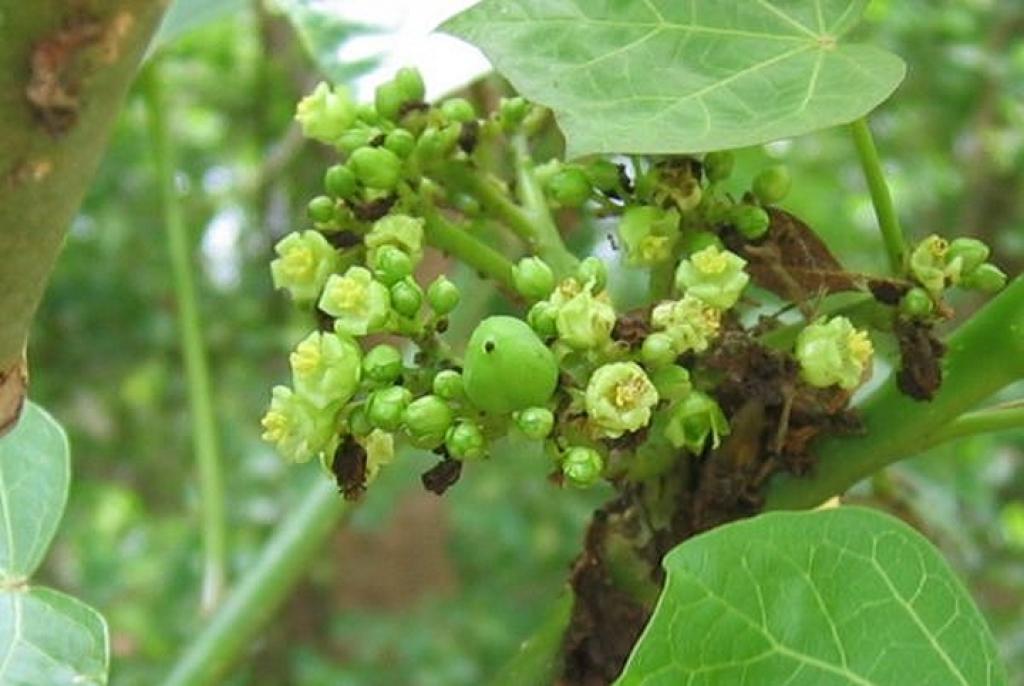Hope tree species of human energy, the mysterious biodiesel plants: Jatropha [jatropha] also known as Jatropha curcas, Jatropha curcas, green jade tree, gypsum, Liangtong, Euphorbiaceae deciduous shrubs or small trees. It is a photophilic plant, because its roots are strong and developed, has a strong ability to resist drought and barren oil crops, and because … Read More
fuels
Second-generation Biofuels
Second-generation biofuels share the feature of being produced from lignocellulosic biomass, enabling the use of lower-cost, non-edible feedstocks, thereby limiting direct food vs. Fuel competition. Second-generation biofuels can be further classified in terms of the process used to convert the biomass to fuel: biochemical or thermochemical. Second-generation ethanol or butanol would be made via biochemical … Read More
Production of Hybrid Fuels
Fuels produced using microemulsification technology are called “hybrid Fuels”. They are called ionic or non-ionic depending on the type of surfactant present. For example, those hybrid fuels containing a basic nitrogen compound are termed ionic while those consisting only of plant oil, aqueous ethanol, and another alcohol, such as 1-butanol, are termed non-ionic or detergentless … Read More
Environmental and Social Impacts of Biofuels
The combustion of fossil fuels such as coal, oil and natural gas has been identified as a major cause of the increase in the concentration of carbon dioxide in the earth’s atmosphere. Carbon dioxide and other so-called greenhouse gases (e.g., methane) allow solar energy to enter the earth’s atmosphere but reduce the amount of energy … Read More
